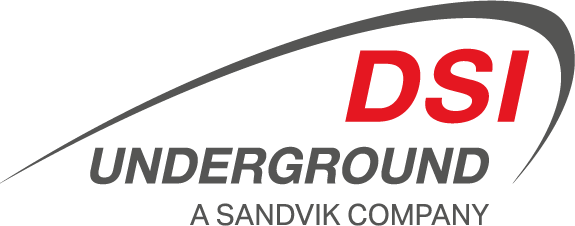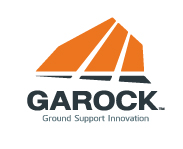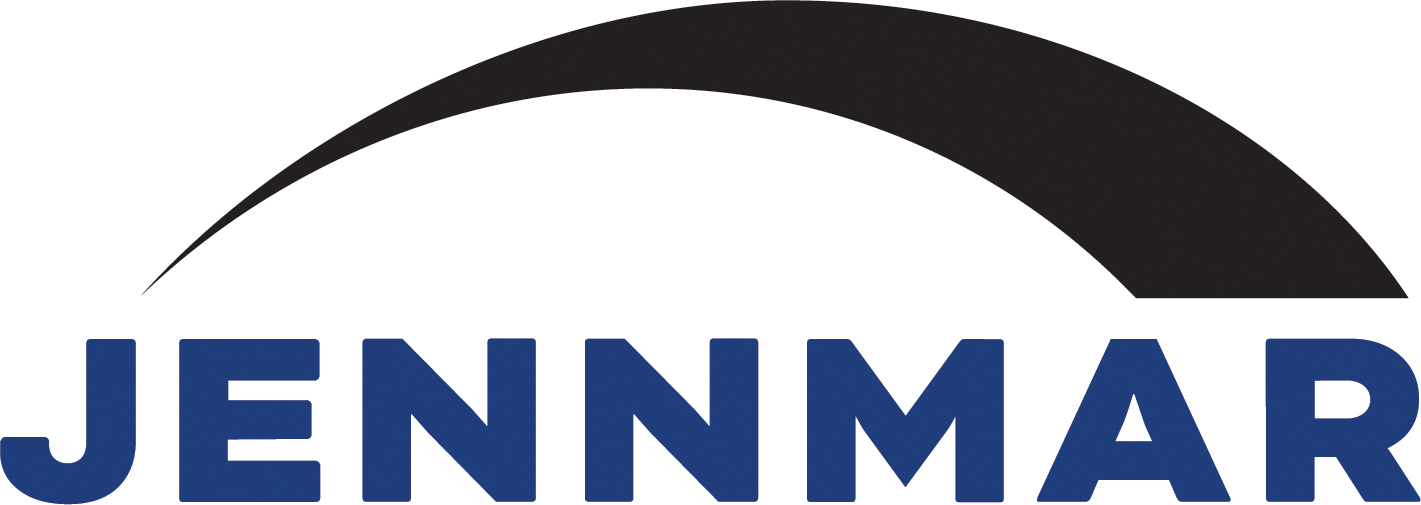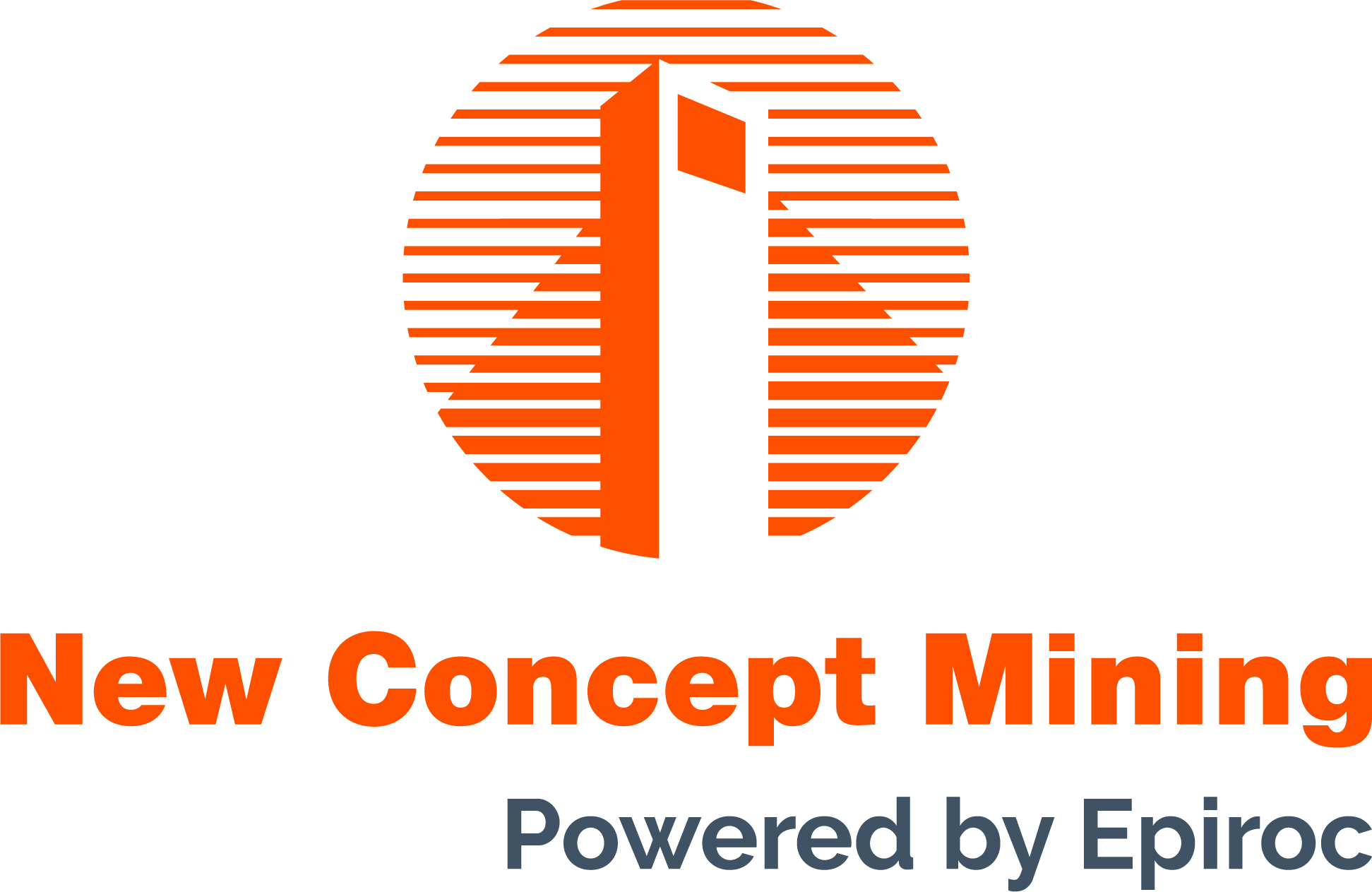Ground Support Systems Optimisation Research Project (GSSO)
Background
The GSSO Phase 1 sponsors expressed a strong interest in continuing this research initiative, hence a proposal for Phase 2 was developed in mid-2016. A consultation process involving a workshop held in Perth (in August 2016) and a second workshop held in Rouyn-Noranda, Canada (in October 2016), both contributing significantly in defining the research priorities for the continuation of this research.
Summary of GSSO Phase 2 project
The overall objective of GSSO Phase 2 will be to develop new tools and guidelines for ground support design in extreme ground conditions (more specifically in rockbursting and squeezing ground) and advancing the use of probabilistic approaches in mining geomechanics. These objectives are reflected in the two main research themes proposed: Ground support in extreme ground conditions and ground support optimisation and the use of probabilistic approaches.
Theme 1: Ground support in extreme ground conditions
Research into ground support in extreme ground conditions was purposely ignored during GSSO Phase 1, to concentrate our efforts on filling the gaps and to update the state-of-the-art of existing ground support design methods in “non-extreme” ground conditions. In Phase 2 of GSSO, ground support in rockbursting and squeezing ground conditions will become a major focus.
Three sub-projects are proposed under theme 1 “Extreme ground conditions”:
- Sub-project 1. Ground support guidelines for rockburst prone conditions
- Sub-project 2. Ground support guidelines for squeezing ground
- Sub-project 3. Supporting development mining faces against strainburst (scoping study)
Due to the complexity of the rockburst problem, the research team and industry have come to the realisation that many years of research will be required before a reliable analytical method can be developed to analyse ground support requirements in such conditions. However, sub-project 1 is proposed on the basis that rapid improvements of empirical approaches are possible by taking advantage of new data collection and addressing some of the known shortcomings of existing empirical approaches, and by developing improved ground support guidelines in rockbursting conditions.
During the last decade, a significant amount of work has been completed and important advancements have been made on understanding, modelling and forecasting the intensity of squeezing ground. In sub-project 2, it is proposed to take advantage of this progress and update the latest ground support practices at mine sites experiencing squeezing ground to develop new guidelines for these conditions. Sub-project 3 is an initial first step in bringing expertise from around the world together to use novel ground support approaches to better mitigate the increasing threat of strainbursting in deep mines.
Theme 2: Ground support optimisation and the use of probabilistic approaches
Four sub-projects are proposed under this theme, which aim at optimising ground support design in “non-extreme” ground conditions and are particularly relevant for mines interested in evaluating different ground support systems, or reducing ground support costs without compromising safety.
The research will aim at providing practical and user-friendly tools enabling mine operators to assess the probability of failures (or reliability) of different ground support approaches in a “quasi-static” loading environment. In the context of ground support optimisation, the new tools will allow geomechanical engineers to demonstrate, for example, that some lower cost ground support options may not have a significant impact on the probability of failure, and as such provide a sound justification to stakeholders for changing and optimising current practices.
The four sub-projects are:
- Sub-project 4. Development of discrete fracture network (DFN)/block model limit equilibrium ground support design tools
- Sub-project 5. Probabilistic ground support design using non-explicit numerical modelling
- Sub-project 6. Shotcrete specification in mining
- Sub-project 7. Ground support “capacity consumption” monitoring (scoping study)
In GSSO 1, we have established, through a comprehensive review of mining practices, that there are three main approaches to ground support design in mining, and each approach is fit for a specific purpose:
- At the early stage of mining and feasibility study, when experience in local conditions is non-existent and geotechnical data has significant uncertainty: Empirical methods are preferred (i.e. traditionally the Grimstad–Barton chart, now to be replaced by the new GSSO 1 empirical design guidelines (Potvin & Hadjigeorgiou 2016).
- In existing mines, when the instability is dominated by geological structures and low stress environment: Analytical, or limit equilibrium methods are used effectively (i.e. Unwedge, DFN models).
- In high-stress conditions, when the failure mechanism is largely influenced by stress: Numerical modelling (in particular the non-explicit) methods are better suited tools.
However, a true optimisation process must be based not only on design algorithms but also on a sound engineering approach and as such, applying probabilistic methods is an essential way forward to remove some of the bias in geotechnical engineering decision making. Probabilistic approaches in mining are currently restricted to a few slope stability cases lead by a few experts. Existing tools are acutely deficient for a wider spread of this important technique.
Sub-project 4 aims at promoting the use of probabilistic approaches when a structurally controlled failure is anticipated and limit equilibrium methods are to be used. In particular, the relatively new DFN method, in conjunction with probabilistic approaches, will be developed into a set of user-friendly tools to enable mine practitioners to become involved in sound engineering ground support optimisation processes. Sub-project 5 also promotes probabilistic approaches through the development of user-friendly tools, in a scenario where stress driven failure is anticipated and non-explicit numerical modelling methods are to be used.
Shotcrete is intensively used in mining and the design rules applied are largely based on civil tunnelling applications, which have very little relevance to mining applications. Sub-project 6 proposes to re-visit these rules and customise them for mining. It is believed that significant industry-wide savings can be achieved by re-defining the current shotcrete design rules. Sub-project 7 is a scoping study on monitoring ground support degradation. When ground support has degraded beyond a certain functional threshold, rehabilitation is required, which carries a significant cost and disruption to the operation. This is a necessary decision required to addressing an important safety hazard, but currently, these decisions are only based on visual assessment due to the current lack of tools to monitor ground support degradation.
For additional details about the above sub-projects, please contact the ACG.
Potential benefits to industry and the community
The benefits of this research are twofold: it will improve safety and profitability of underground mines. In a broader context, it will also significantly improve the feasibility of mining deeper deposits, which is a key strategic issue for Western Australia as well as for mining companies operating world-wide.
In terms of improving safety, sub-projects 1 and 3 are specifically focused on developing solutions to mitigate rockburst and strainburst risks, which are not only a common problem in deep mines, but arguably one of the highest risks for these mines. Sub-project 7 is also aiming at improving safety by working towards the development of innovative tools to monitor ground support degradation and assist in the very important rehabilitation decision making process.
As modern mines became safer, ground support costs are also a significant portion of the total mining costs. There are opportunities to optimise ground support and reduce these costs without compromising safety. The economic benefits of sub-projects 4, 5 and 6 will come from providing mine engineers with practical and usable ground support optimisation tools. In particular, sub-project 6 on shotcrete may offer rapid and significant benefits in terms of customising shotcrete specifications for mining applications.
GSSO Phase 2 project final report
The Phase 2 final research report is available here.
Phase 2 Sponsors
Thank you to the following sponsors for their valued support of the project:
Major sponsors
Agnico Eagle Mines Ltd., Canada
BHP Olympic Dam, Australia
Gold Fields of Australia Pty Ltd, Australia
Iamgold Westwood Mine, Canada
IGO Limited, Australia
Minerals Research Institute of Western Australia
Newcrest Mining Limited Cadia Valley Operations, Australia
Minor sponsors
DSI International
Garock Pty Ltd, Australia
Jennmar Australia Pty Ltd
New Concept Mining Powered by Epiroc, South Africa
Sandvik Mining & Rock Technology, Australia
Major Sonsors
Minor Sponsors

To purchase this book, please visit the ACG online shop











